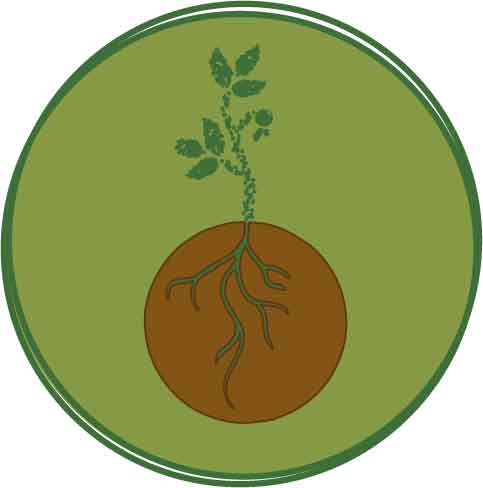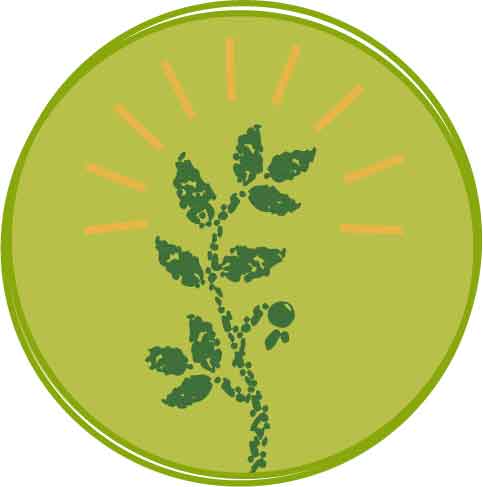- Details
By Dr. Carol Henry, Associate Professor of Nutrition and Dietetics, University of Saskatchewan
Reversing the trends
 Confronted by malnutrition in all its forms the world needs to eat a lot more high-protein, low-fat, high-fiber pulse grains. The dual epidemic of under- and over-nutrition brings a raft of problems to all regions of the world including stunting, obesity, diabetes, and micronutrient deficiencies like anemia. The toll on human health, productivity, and wellbeing is enormous. Better representation of chickpeas, lentils, beans, and other pulses in human diets can play an important part of reversing these damaging trends.
Confronted by malnutrition in all its forms the world needs to eat a lot more high-protein, low-fat, high-fiber pulse grains. The dual epidemic of under- and over-nutrition brings a raft of problems to all regions of the world including stunting, obesity, diabetes, and micronutrient deficiencies like anemia. The toll on human health, productivity, and wellbeing is enormous. Better representation of chickpeas, lentils, beans, and other pulses in human diets can play an important part of reversing these damaging trends.
- Details
By Dr. Robin Buruchara, Director of the Pan Africa Bean Research Alliance, CGIAR-CIAT
Fighting for productivity and resilience
 Farmers around the world are in a constant battle to help their crops thrive in the face of unpredictable weather patterns, low soil fertility, and biological stresses. Luckily, they have a reliable weapon to help them in this fight.
Farmers around the world are in a constant battle to help their crops thrive in the face of unpredictable weather patterns, low soil fertility, and biological stresses. Luckily, they have a reliable weapon to help them in this fight.
- Details
By Dr. Noel Ellis, Hon. Professor, School of Biological Sciences, University of Auckland, New Zealand
Pulses have been essential in agriculture over millennia
 Agriculture is the system that underpins human nutrition and provides the livelihoods of 1.3 billion farmers. Invented about 10,000 years ago in multiple places in the world, agriculture has made it possible for populations and cultures around the globe to thrive. Everywhere that agriculture has succeeded, it included a legume crop, usually a pulse crop . The reason for this is simple: people need protein in their diet, plants need available nitrogen to form proteins, and pulse crops add nitrogen to soils in symbiosis with rhizobia.
Agriculture is the system that underpins human nutrition and provides the livelihoods of 1.3 billion farmers. Invented about 10,000 years ago in multiple places in the world, agriculture has made it possible for populations and cultures around the globe to thrive. Everywhere that agriculture has succeeded, it included a legume crop, usually a pulse crop . The reason for this is simple: people need protein in their diet, plants need available nitrogen to form proteins, and pulse crops add nitrogen to soils in symbiosis with rhizobia.
- Details
By Dr. Shoba Sivasankar, Director, CGIAR Research Program on Grain Legumes
An urgent call to action
Pulses, or grain legumes, are central to the health of agricultural soils and to the health of humans. Recognition of these facts is as old as agriculture itself, which is why pulse and cereal crops developed in parallel throughout the early history of agriculture. The special ability of pulses to fix atmospheric nitrogen makes them indispensable components of cropping systems, and their high grain protein content makes them rich sources of vegetable protein.
